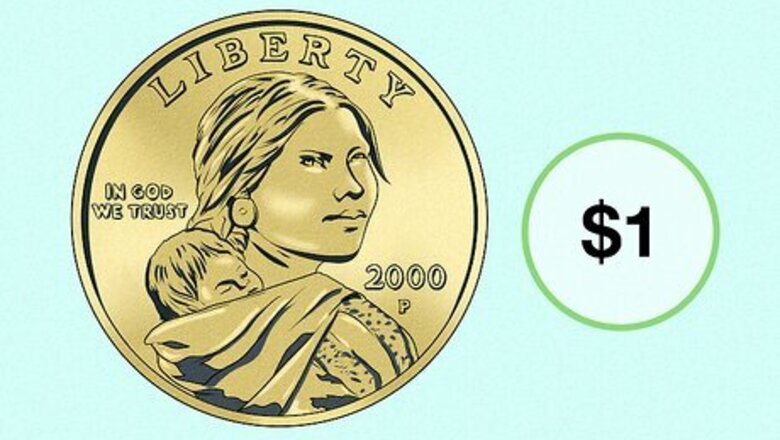
views
How much are Sacagawea dollar coins worth?
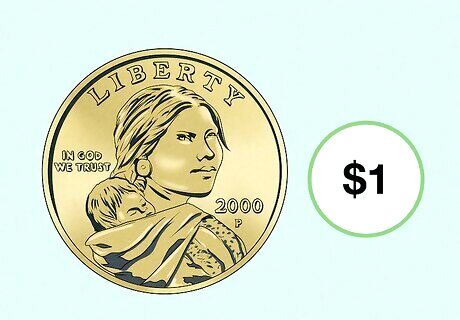
The vast majority of Sacagawea coins are worth the face value of $1. Most collectible coins are valuable because they’re some combination of rare, unique, or historically notable. For all but a handful of Sacagawea dollars, none of these conditions apply. There are a ton of these dollars in circulation. There just isn’t any scarcity. Most mintages involved millions of coins being made. The metal composition isn’t unique. Nearly all Sacagawea dollars are made of an alloy that’s 88.5% copper, 6% zinc, 3.5% manganese, and 2% nickel. None of these metals are rare, expensive, or unique for a US coin. The coins aren’t that old. The age of a coin tends to radically impact the value, and these Sacagawea coins were minted starting in 2000; that’s not nearly enough time to justify a lot of price appreciation.
Most Valuable Sacagawea Dollar Coins
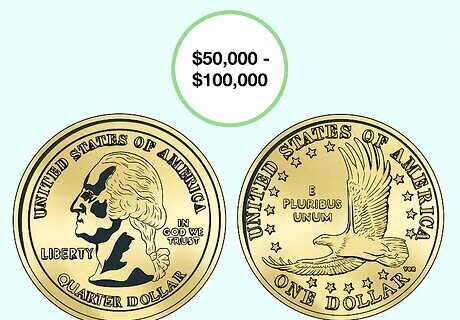
The Mule Coin A “mule” refers to a coin that is accidentally made with two incorrect dies so that one side of the coin is from a totally different coin. In the case of the 2000 Sacagawea Mule, the Mint accidentally made a coin that has George Washington’s head from the US quarter on the side where Sacagawea is supposed to be. Only 11 of these coins have been verified to exist, so if you find one you’ll have quite the payday! How much is it worth? These coins have sold anywhere from $50,000-100,000 at auction.
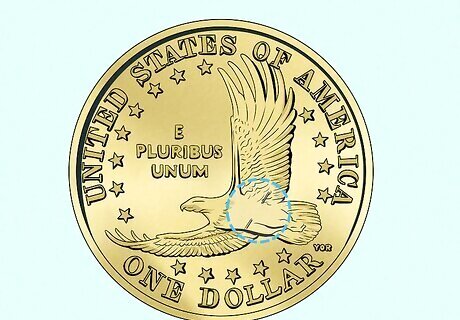
The Wounded Eagle The “wounded eagle” Sacagawea coin was minted with a damaged die that left a cut across the chest of the eagle on the reverse side of the coin. If you look carefully, you can see what kind of looks like an arrow running through the chest of the eagle. There are hundreds of these coins out there, but they still fetch a pretty penny. How much is it worth? These coins vary in sale value. Some sell for $100-500, with the most expensive auction fetching $7,200.
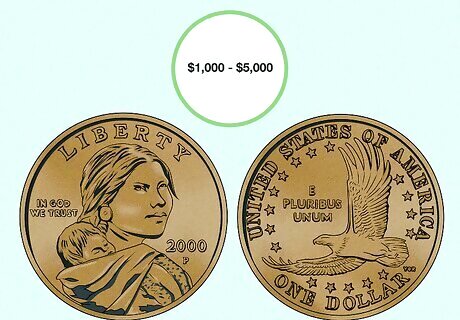
Glenna Goodacre Dollars Glenna Goodacre is the original designer of the 2000 Sacagawea coin. She (very cleverly) requested the US Mint to pay her $5,000 commission exclusively in the coins she designed. The Mint struck 5,000 coins to pay her using a distinct planchet and die that they never used again, giving these 5,000 coins a distinct look and quality that make them highly desirable. Fun fact: Upon being paid, Goodacre immediately had all 5,000 coins graded. She then turned around and sold them for $200 a piece on her website, effectively turning her $5,000 payday into a million dollars! How much is it worth? These coins typically fetch $1,000-5,000, with the highest price at auction coming in at $6,325.
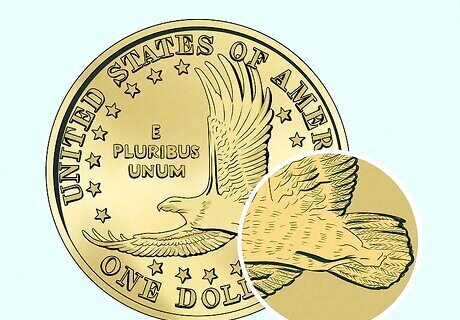
The Cheerios Coin In a tale as old as time, a cereal company is responsible for this rare coin. The Cheerios dollar refers to Sacagawea coins from 2000 that were printed as part of a marketing campaign. In every 2000th box of Cheerios sold this year, you’d find a $1 Sacagawea coin. These coins were minted with a die that was totally unique from the general circulation mints, which gave the feathers on the bird on the back a bizarre amount of detail. How much is it worth? These coins are pricey. Average prices range from $2,000-10,000, while nicer copies can run up to $34,5000.
Are Sacagawea dollars a good investment?
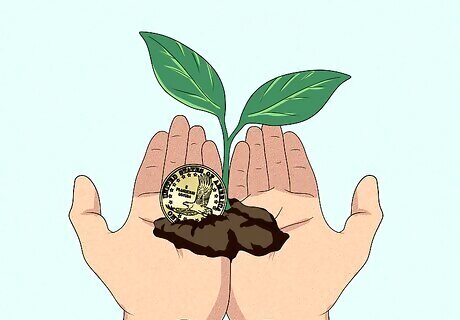
The odds are good these will increase in value over time. The US Mint technically stopped producing Sacagawea dollars in 2008 (although they still mint a different version of it every year). That means that there’s a relatively thin mint run for these coins (2000-2008 is not very long in rare coin terms), so the odds they eventually increase in value are actually pretty good. Golden dollars minted after 2008 depict Native American achievements and cultural contributions. In 2008, George W. Bush signed the Native American $1 Coin Act, which tasked the United States Senate Committee on Indian Affairs and the National Congress of American Indians with designing a new $1 gold coin every year. Sacagawea was replaced by other designs, and it’s unclear if she’ll ever return to the $1 coin.
Who was Sacagawea?
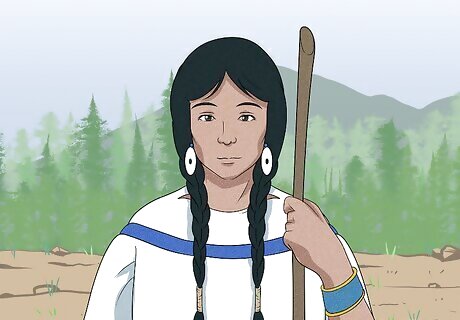
Sacagawea was a guide on the famous Lewis & Clark expedition. After the Louisiana Purchase, President Thomas Jefferson hired Meriwether Lewis and William Clark to explore the land and report back. The journey would ultimately take two years, but it would have taken much longer had it not been for a Native American woman named Sacagawea. Sacagawea was a Shoshone teenager who helped translate for them whenever they met other tribes. Her help ensured that Lewis and Clark never got lost on their way to the Pacific Ocean. “Sacaga” means “bird” and “wea” means “woman.” Interestingly, the eagle on the back of the Sacagawea coin wasn’t chosen for her namesake, but because it was deemed inappropriate to put a US building on the back given the genocide against the Native American peoples.
History of the Sacagawea Coin
The Sacagawea coin was minted to replace Susan B. Anthony in 2000. At the turn of the century, the US Mint decided it was time for a shakeup. To replace the increasingly unpopular Susan B. Anthony coin, the Mint decided to produce a gold coin that featured a new figure. Sacagawea was actually the less popular choice for the design (they originally voted in favor of a Statue of Liberty design), but Sacagawea was selected anyway. The Mint stopped producing Sacagawea coins in 2008, opting instead to honor different Native Americans on each year’s new dollar coin.
Factors Impacting a Coin’s Value
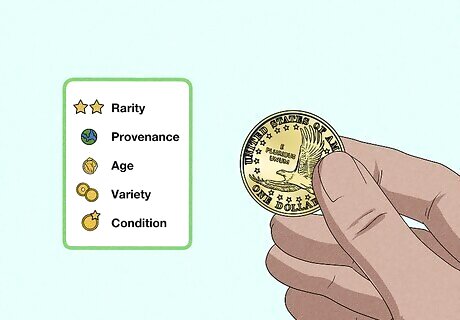
When it comes to any rare coin, there are a few key factors impacting value. This is just as true of Sacagawea dollars as it is for Kennedy half dollars or other rare coins. Here are the key elements impacting a coin’s value: Rarity. The fewer specimens that exist, the more valuable the coin is. This is why most Sacagawea coins are worth face value—there are just so many of them out there. Provenance. This is the history of a coin. If you can prove its authenticity, know its story, and have information on the narrative history, it increases the coins value. Age. The older a coin is, the more likely it is to fetch a premium. This is another factor impacting Sacagawea coins—they just aren’t all that old yet. Variety. Coins with special marks, odd die marks, weird variations, etc. tend to be worth more than “standard” coins. Condition. The quality of the coin matters a lot. If the coin is pristine, it’ll fetch a higher price than it would if it were ran over by a car and bent in all kinds of directions.
Final Thoughts
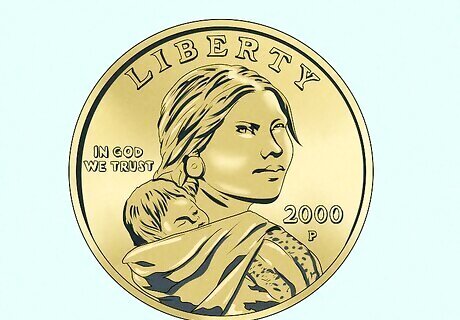
Sacagawea dollars are fun coins, but they’re not particularly valuable. While there are a few exceptions, the vast majority of the millions of Sacagawea coins in circulation (or in collections) are not worth more than $1. That will probably change in the far future, but for now, they’re just worth face value.












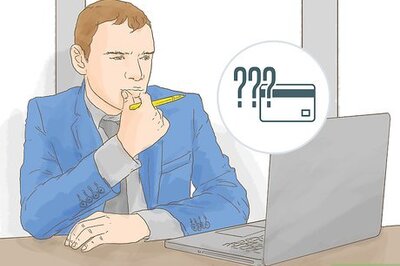

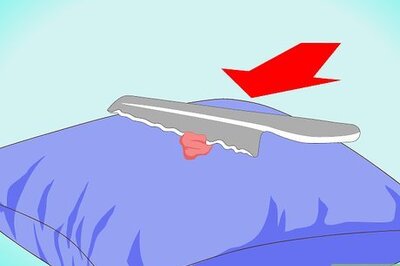

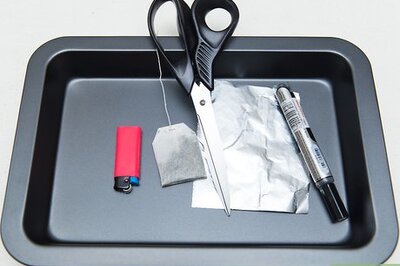
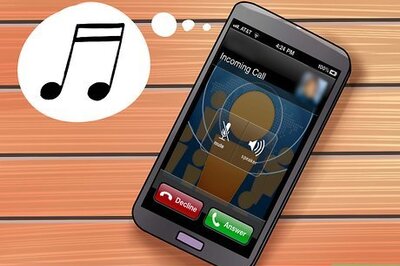


Comments
0 comment